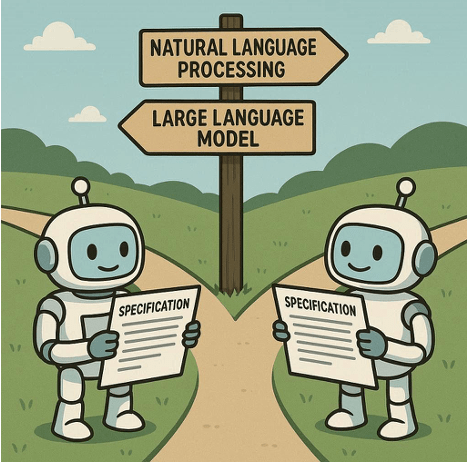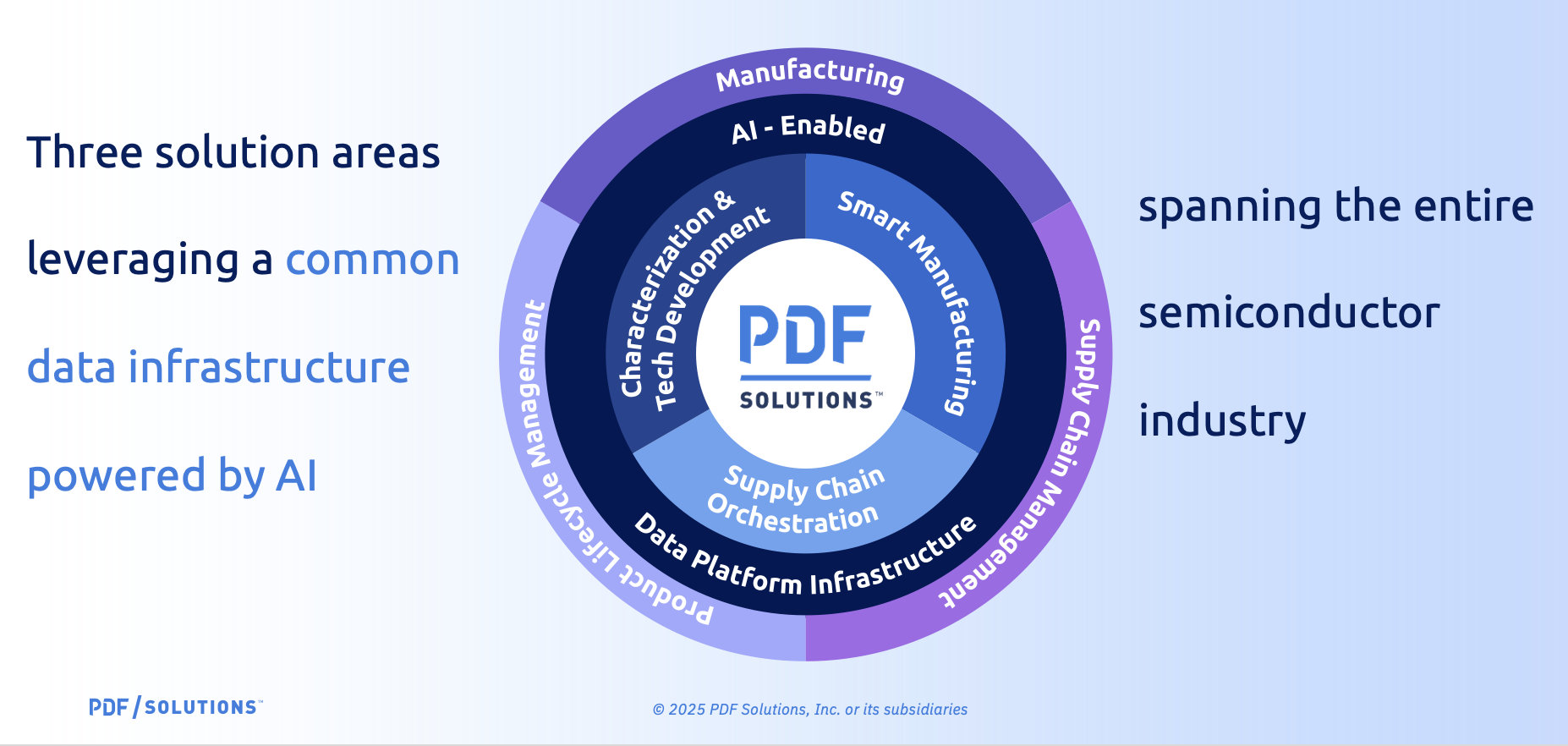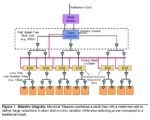CES (formerly the Consumer Electronics Show) returned to Las Vegas, Nevada last week. In 2021, CES was remote due to the COVID-19 pandemic. On April 28, 2021, the Consumer Technology Association (CTA), the sponsor of CES, announced CES 2022 would be held in Las Vegas. On the date of the announcement new COVID cases in the U.S. were… Read More
 A Principled AI Path to Spec-Driven VerificationI have seen a flood of verification announcements…Read More
A Principled AI Path to Spec-Driven VerificationI have seen a flood of verification announcements…Read More 448G: Ready or not, here it comes!The march toward higher-speed networking continues to be…Read More
448G: Ready or not, here it comes!The march toward higher-speed networking continues to be…Read More Should the US Government Invest in Intel?“Most companies don’t die because they are wrong;…Read More
Should the US Government Invest in Intel?“Most companies don’t die because they are wrong;…Read More PDF Solutions and the Value of Fearless CreativityPDF Solutions has been around for over 30…Read More
PDF Solutions and the Value of Fearless CreativityPDF Solutions has been around for over 30…Read MoreIt’s Now Time for Smart Clock Networks
By now most SoC designers are pretty familiar and comfortable with the use of Network on Chip (NOC) IP for interconnecting functional blocks. Looking at the underlying change that NOCs represent, we see the use of IP to supplant the use of tools for implementing a critical part of the design. The idea that ‘smart’ things are better… Read More
AI at the Edge No Longer Means Dumbed-Down AI
One aspect of received wisdom on AI has been that all the innovation starts in the big machine learning/training engines in the cloud. Some of that innovation might eventually migrate in a reduced/ limited form to the edge. In part this reflected the newness of the field. Perhaps also in part it reflected need for prepackaged one-size-fits-many… Read More
From Now to 2025 – Changes in Store for Hardware-Assisted Verification
Lauro Rizzatti recently interviewed Jean-Marie Brunet, vice president of product management and product engineering in the Scalable Verification Solution division at Siemens EDA, about why hardware-assisted verification is a must have for today’s semiconductor designs. A condensed version of their discussion is below.… Read More
DAC 2021 – What’s Up with Agnisys and Spec-driven IC Development
Walking the exhibit floors at DAC in December I spotted the familiar face of Anupam Bakshi, Founder and CEO of Agnisys, so I stopped by the booth to get an update on his EDA company. My first question for him was about the origin of the company name, Agnisys, and I found at that Agni means Fire in Sanskrit, one of the five elements.
The … Read More
Horizontal, Vertical, and Slanted Line Shadowing Across Slit in Low-NA and High-NA EUV Lithography Systems
EUV lithography systems continue to be the source of much hope for continuing the pace of increasing device density on wafers per Moore’s Law. Recently, although EUV systems were originally supposed to help the industry avoid much multipatterning, it has not turned out to be the case [1,2]. The main surprise has been the
Can you Simulate me now? Ansys and Keysight Prototype in 5G
Ansys and Keysight wanted to see if they could answer the question, If we put virtual cellphones in different locations in a city, can we predict what kind of 5G signal we’re going to get in those locations? To find out, they created and tested a detailed virtual model of a city, including a variety of 5G antennae, receivers, and transmitters… Read More
IBM at IEDM
IBM transferred their semiconductor manufacturing to GLOBALFOUNDRIES several years ago but still maintains a multibillion-dollar research facility at Albany Nanotech. IBM is very active at conferences such as IEDM and appears to have a good public relations department because they get a lot of press.
At the Litho Workshop … Read More
Your Smart Device Will Feel Your Pain & Fear
What if your smart device could empathize with you? The evolving field known as affective computing is likely to make it happen soon. Scientists and engineers are developing systems and devices that can recognize, interpret, process, and simulate human affects or emotions. It is an interdisciplinary field spanning computer… Read More
Podcast EP56: sureCore Memory, From Ultra-Low Power to Ultra-Low Temperature
Dan is joined by Paul Wells. CEO of sureCcore. Paul describes a variety of new and innovative applications for sureCore memory products. including ultra-low power applications for consumer connected devices and new applications for quantum computing.
The views, thoughts, and opinions expressed in these podcasts… Read More












Intel’s Pearl Harbor Moment